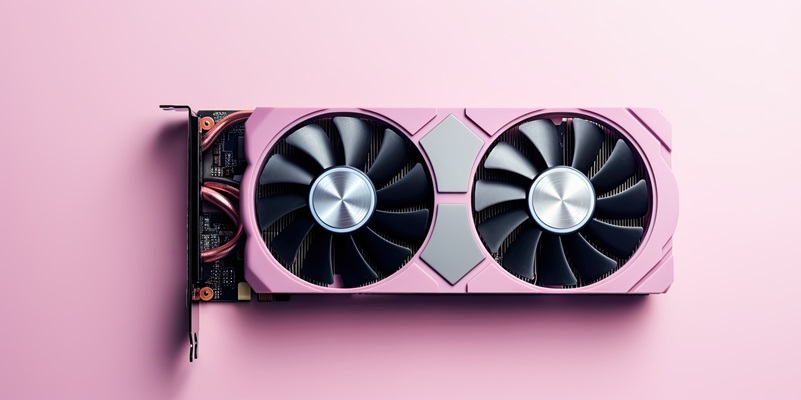As technology enthusiasts eagerly anticipate Nvidia’s upcoming RTX 4080 and RTX 4070 refreshes, speculation is rampant about the potential variations in hardware that these GPUs may offer. A recent theory has emerged regarding the possible integration of different chips in the Super versions of these graphics cards. While this theory is presented as the opinion of a prominent leaker known as Kopite7kimi, it opens up exciting possibilities for gamers and PC enthusiasts alike. In this article, we delve into the details of this theory and discuss potential variations in GPU selection, the reasons behind such decisions, and the cautionary approach one should take with these rumors and possibilities.
The Theory of Mixing Chips in RTX 4080 Super and 4070 Super
The theory put forth by Kopite7kimi suggests that Nvidia may mix chips in the Super versions of the RTX 4080 and RTX 4070 GPUs. This means that some models may feature more powerful chips than others, creating a stratification effect within the product lineup. While this theory is relatively new, it adds an intriguing layer of complexity to the discussion surrounding Nvidia’s upcoming refreshes.
Potential Variation in GPU Selection
According to this theory, Nvidia’s possible decision to use different GPUs in the RTX 4080 and RTX 4070 refreshes could result in dissimilar performance capabilities between models. This variation can be compared to the strategy employed by EVGA in their RTX 2060 KO Gaming graphics card back in 2020. EVGA utilized TU104 chips that were not deemed suitable for the flagship RTX 2080, making it a cost-effective alternative for PC enthusiasts. If Nvidia adopts a similar approach, we might see a range of GPUs with varying performance levels within the same product lineup.
Reasons for Using Different GPUs
It’s important to understand the motivations behind Nvidia’s potential decision to use different GPUs in these refreshes. One potential reason relates to repurposing chips that may not meet the stringent specifications required for the flagship RTX 4080 or RTX 4070 models. By utilizing these slightly lesser-performing chips in lower-tier variants, Nvidia can efficiently manage its inventory and reduce waste. This practice has been witnessed before with the TU104 chips used in EVGA’s RTX 2060 KO Gaming graphics card, showcasing that similar strategies can be employed to optimize resources.
VRAM Upgrade Rumor with AD102
Rumors surrounding the upgrade of Video Random Access Memory (VRAM) in the RTX 4080 Super have also emerged in the tech community. One speculation suggests that Nvidia might utilize the AD102 GPU in the RTX 4080 Super to increase VRAM capacity to a whopping 20GB. While intriguing, it’s important to approach this rumor with caution and recognize that it is just one of many circulating possibilities. If true, however, this upgrade could significantly enhance the graphics card’s capabilities and cater to the demands of future gaming and graphic-intensive applications.
Cautionary Note on Rumors and Possibilities
It is crucial to approach the information presented here with a healthy dose of skepticism. These discussions are based on rumors and theories, which may or may not align with Nvidia’s actual plans. It’s possible that these concepts and possible paths forward are merely being explored by Nvidia at this stage. Therefore, while exciting, these ideas should be taken as speculative until we receive official confirmation from Nvidia or credible sources.
Nvidia’s upcoming refreshes, the RTX 4080 and RTX 4070, have sparked intense speculation regarding the possible variations in hardware that these GPUs may feature. The theory of mixed chips in the Super versions, put forth by leaker Kopite7kimi, adds an intriguing element to the discussion. Potential variations in GPU selection, reasons for using different chips, and rumors of a VRAM upgrade with the AD102 GPU have further fueled anticipation among tech enthusiasts. However, it is crucial to remember that these ideas are based on rumors and possibilities and should be approached with caution until official confirmation is provided. As we eagerly await Nvidia’s official announcements, let us keep an open mind and embrace the exciting prospects that these next-gen GPUs may offer.

